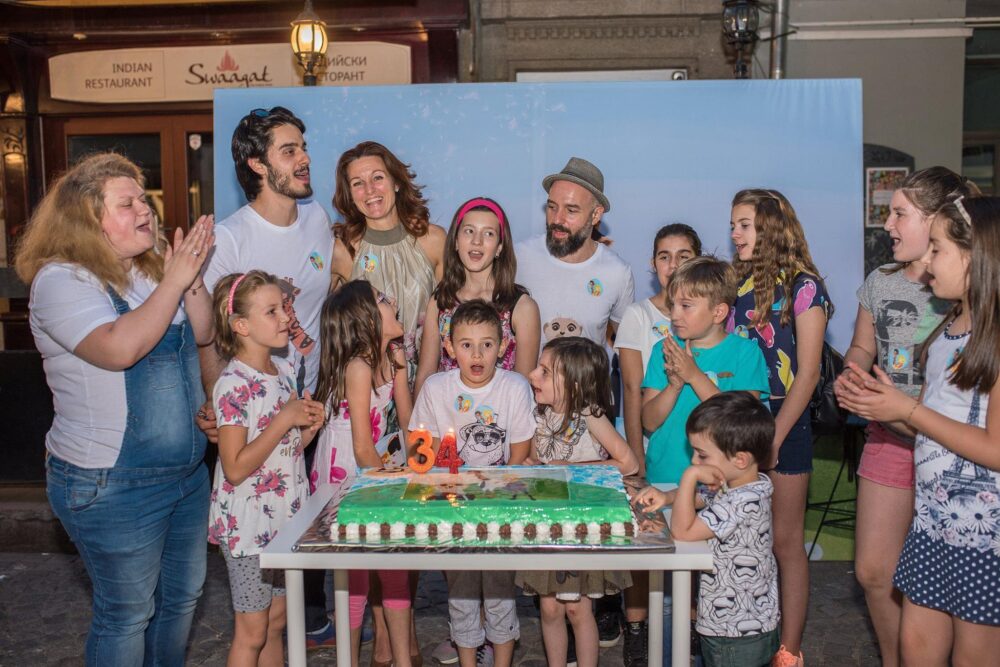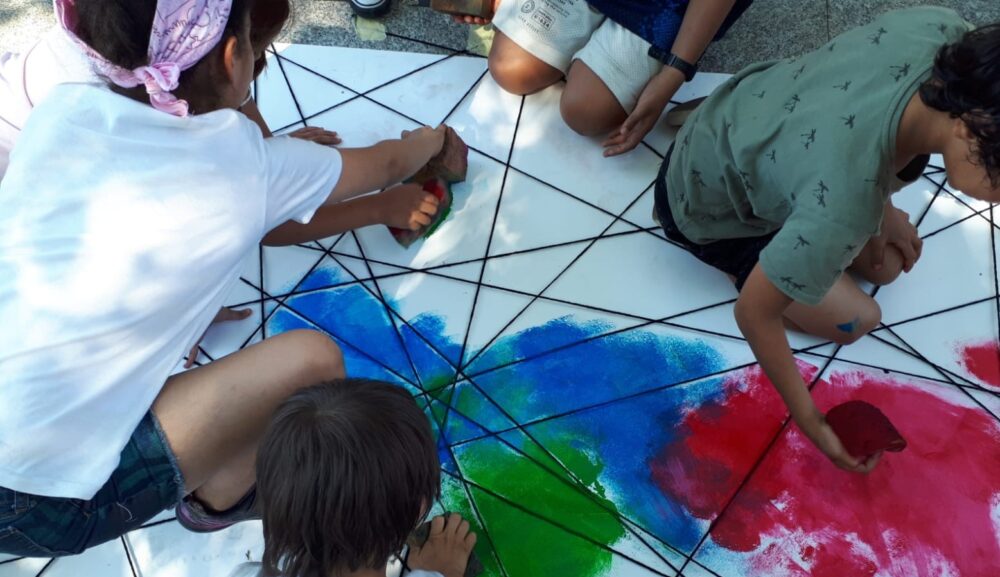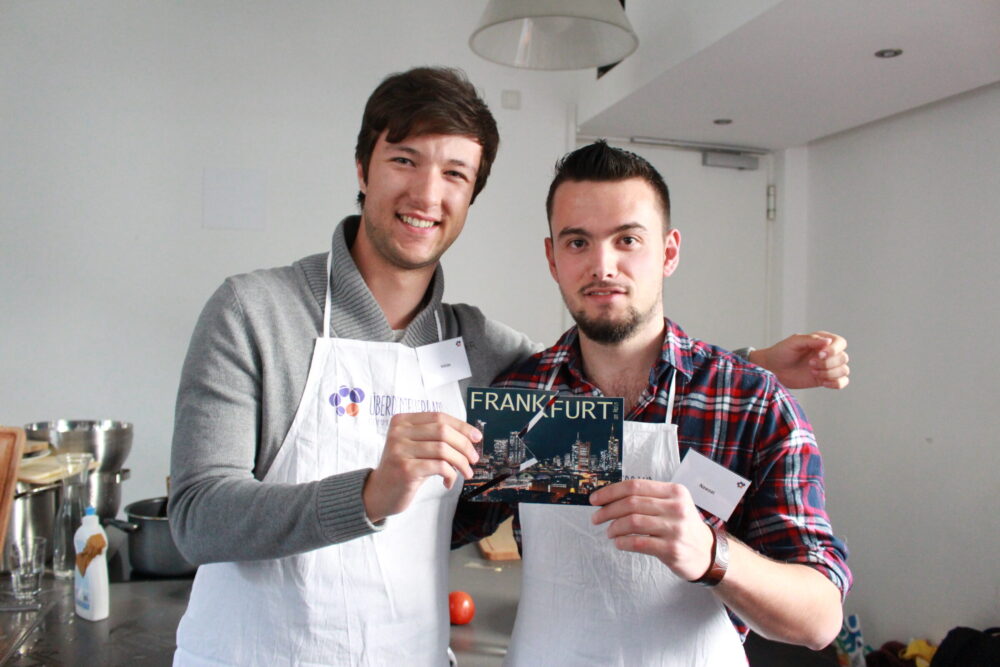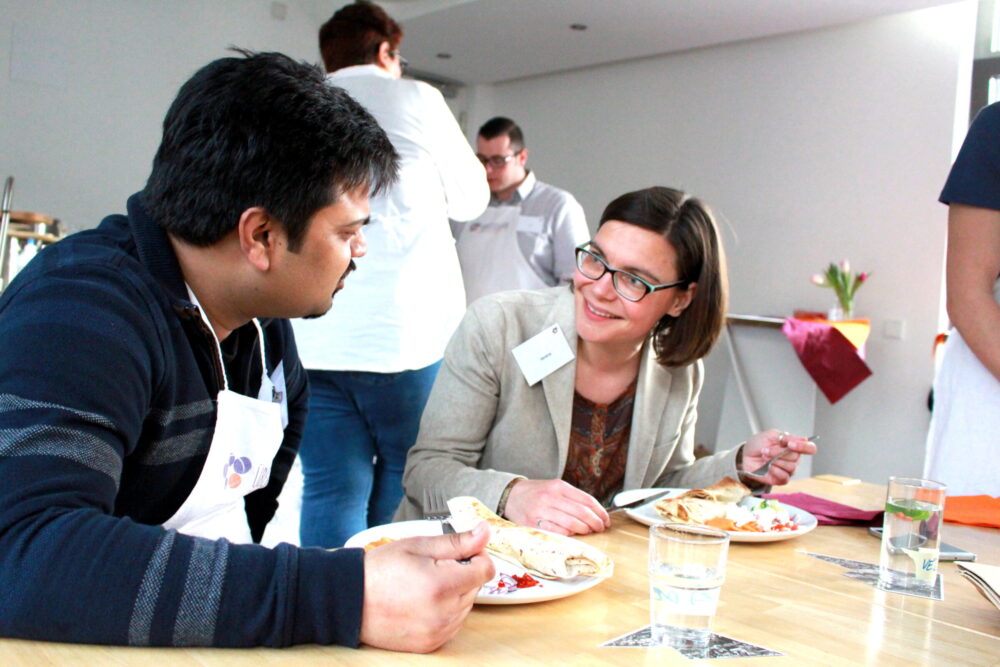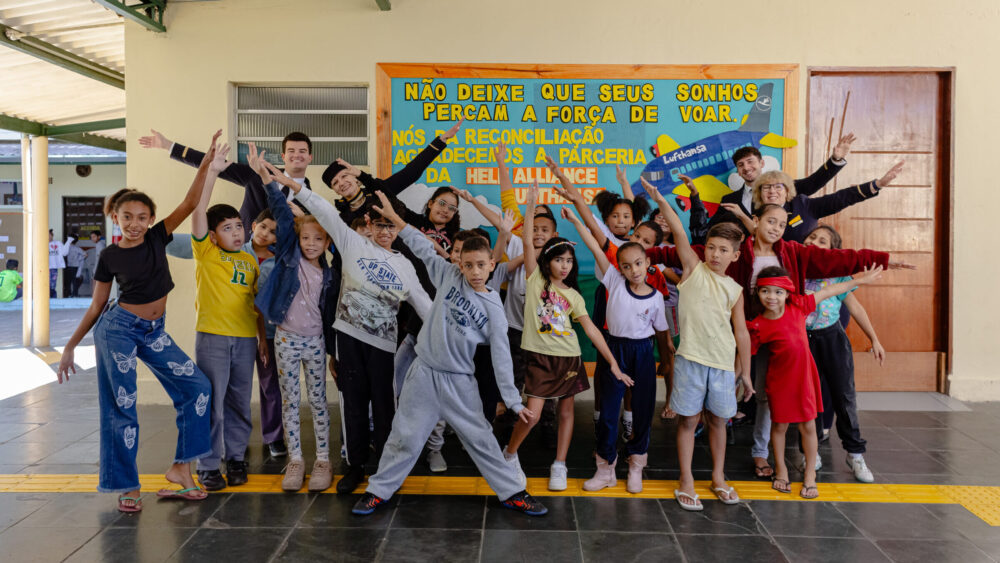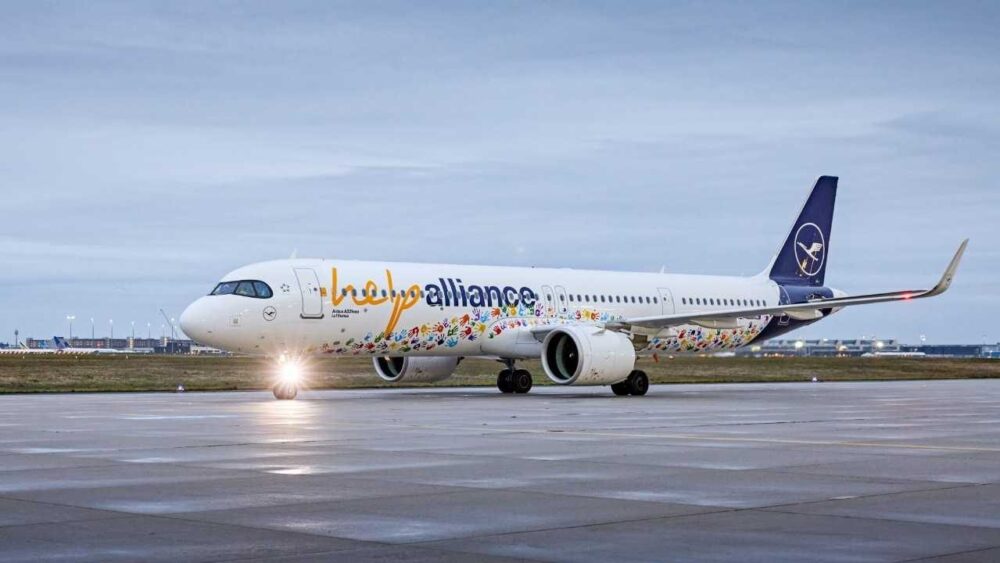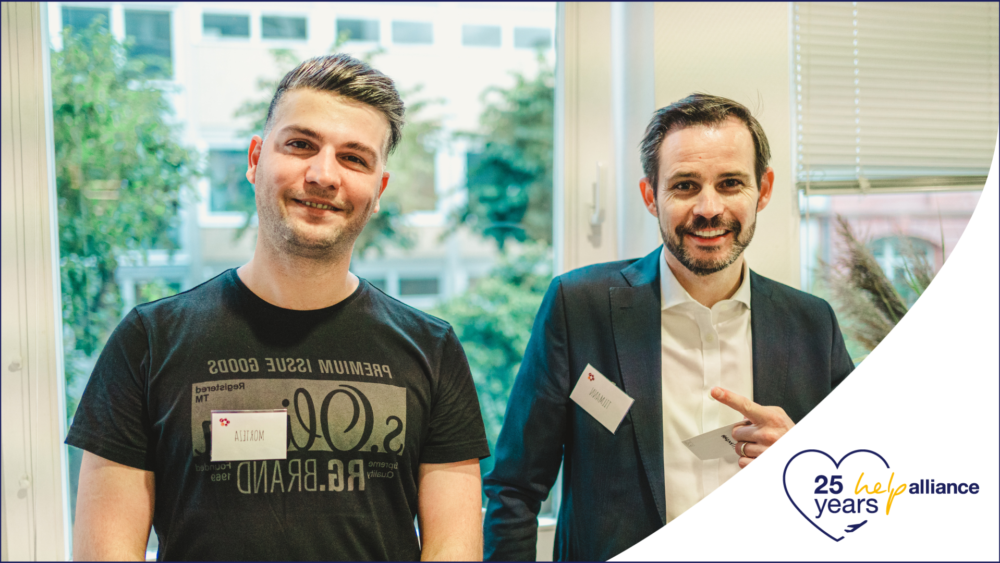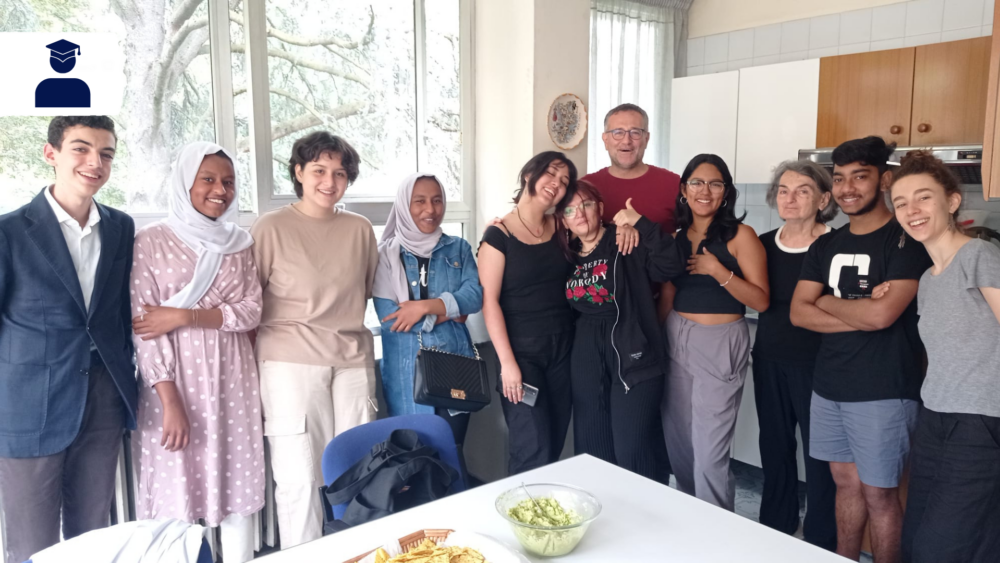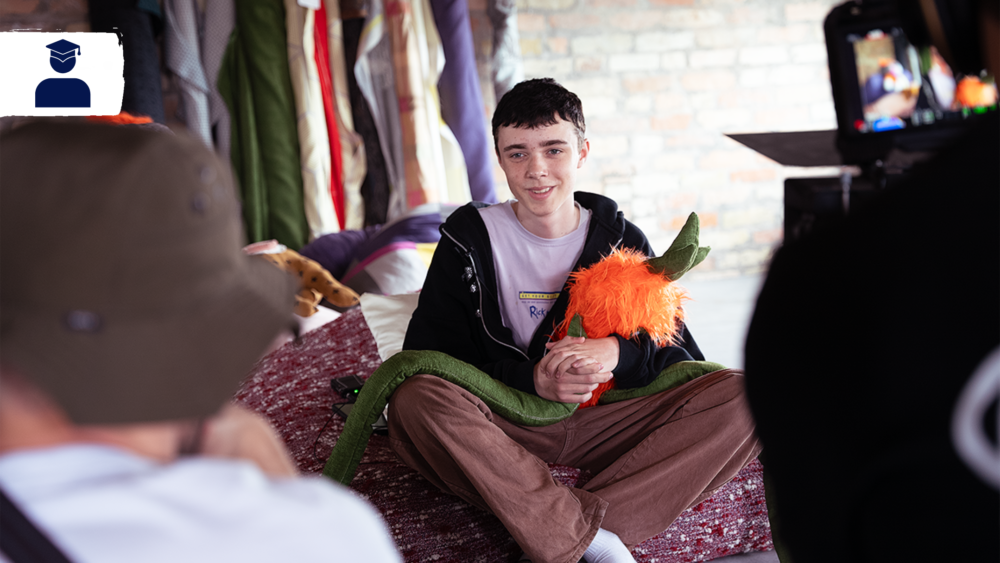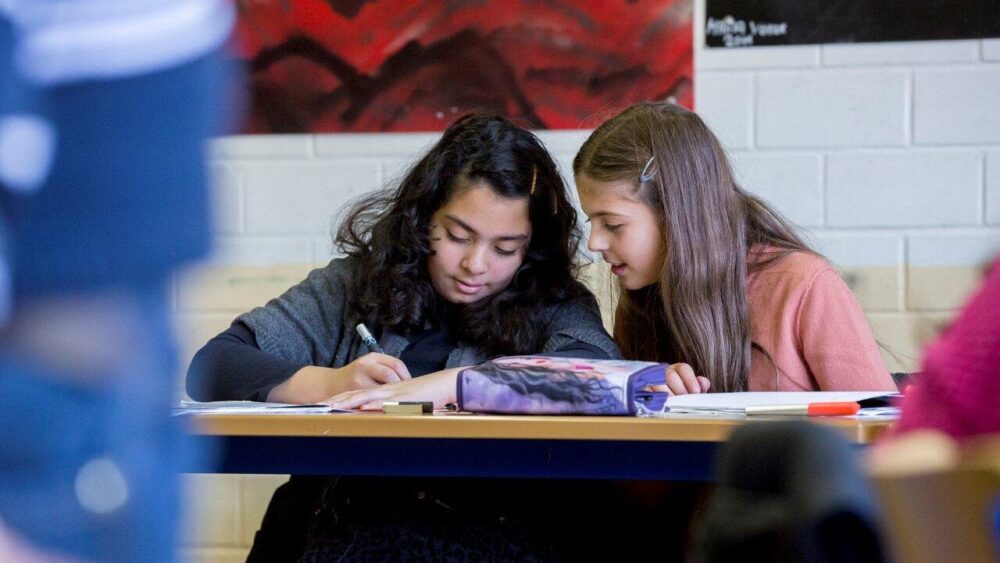
Europe
With more than 700 million people, Europe is the most densely populated continent in the world. An average of 65 people live on one square kilometer.
As the second smallest continent, Europe is more diverse than any other continent: With Russia and the Vatican City State, it contains both the largest and the smallest countries in the world in terms of area. With Iceland (3 inhabitants per km²) and Monaco (25,709 inhabitants per km²), the countries with the lowest and highest population density are also represented here. However, Europe is also the region with the lowest population growth. According to the Federal Agency for Civic Education, the population is expected to decline further by 2050.
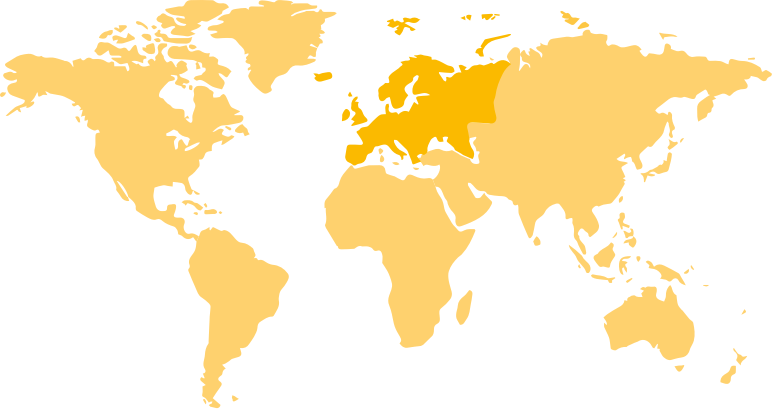
The countries in Northern and Western Europe have a high level of prosperity. Nevertheless poverty exists in Europe. In particular, children from low-income and educationally deprived sections of the population pose a major challenge to the school system, as they often do not receive support at home and their families cannot afford support measures.
Education
A look at the last few years shows that positive impulses can be set with targeted educational measures. For example, the number of people leaving school and vocational training early throughout Europe has been reduced by 38% since 2002, partly as a result of educational reforms, investment in education systems, support for teachers and the involvement of parents in the Member States. In 2018, the share in the group of 18 to 24-year-olds was only 10.6%. Nevertheless, more than a quarter of the European population aged 15-65 years has only lower secondary education or less as its highest educational attainment.
Across Europe, a direct correlation between educational attainment and unemployment can be observed. In 2017, for example, only 4.5% of people with a high level of education were unemployed in the European Union. By contrast, 14.8% of the population with a low level of education were unemployed. This problem is exacerbated by the fact that the gap between the educational levels has been widening steadily since 2005.
Work and Income
Europe’s heterogeneity is also evident in the labor market. While 87.6% of Iceland’s 20-65 year olds were in employment in 2017, almost half of Montenegro’s population in this age group was unemployed. This inequality is also reflected in the average net income per year, which in 2017 was over €44,000 in Switzerland, but only just under €2,200 in Northern Macedonia.
Our project work in Europe
The work of help alliance on this continent is as diverse as Europe. The focus of our projects is currently in Germany. However, our concepts are valid throughout Europe. All over Europe we create opportunities for disadvantaged people. Always with the focus on the fact that we as help alliance do not take over any governmental tasks and contribute to integration and inclusion with our projects. In the following you find some examples: In Flörsheim near Frankfurt am Main, children who have not learned German as their mother tongue receive tutoring and language support in a playful way from volunteers. In Sofia, Bulgaria, we are working to enable deaf and hearing-impaired children to attend regular school.
Furthermore, we accompany young adults on their way into the working world. In Germany, we help refugees to settle in their new surroundings and facilitate their integration into society. In Frankfurt, for example, we provide young people with experienced mentors who help them to find a job and support them in acclimatizing themselves in Germany.

